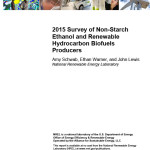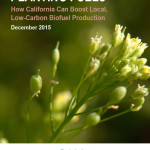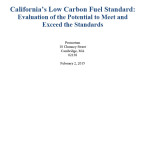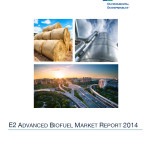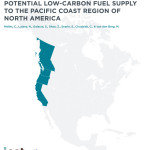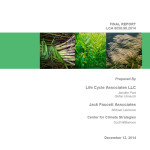Soybeans for biodiesel
This summer I traveled to Iowa to learn about biodiesel production from soybeans. The trip definitely challenged my predisposed notion that using soybeans for biodiesel production displaces food production. I was pretty humbled by how much I had to learn about farming practices, so I thought I would share some of that information here.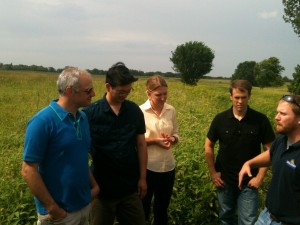
Like corn, the vast majority of the soybeans grown in the United States are feed grade, not for human consumption. As a comparison, all the corn for human consumption in the U.S. can be grown on 100,000 acres, and soybeans for human consumption are probably about the same.
Feed soybeans are crushed and separated into about 80 percent protein, about 19 percent oil, and 1-2 percent fiber. Livestock producers do not want the oil that’s naturally in the soybeans, because their animals do not use or absorb the oil. So the livestock producers prefer to receive the straight protein and mix it with cornstarch for an energy source.
Half of the soybeans produced in Iowa go straight to China. With its rising population and wealth, China is demanding ever-greater amounts of meat. The additional value of selling the soybean oil for biodiesel, allows the protein price to stay low, covering farmers’ costs. Livestock producers understand these economics so they are supportive of biodiesel. This is in contrast to corn, where an entire corn kernel can be fed to an animal, so any use of corn for other purposes is direct competition and upward pressure on the price.
 I was impressed by the work the Iowa Soybean Association is doing to monitor the soil quality, inputs like pesticides or water, and nutrient run off from farmers, and creating a network for farmers to share their knowledge and experiences with one another. The data ISA collects helps farmers maximize efficiency, which also is helpful to both soil and water quality. For example, if a farmer has over-applied a nutrient one year, this can be caught and rectified for future seasons, thereby reducing potential nutrient runoff. While Iowa farming does remain resource intense, it was interesting to learn about the various programs ISA is running to rectify the past loss of fertile top soil.
I was impressed by the work the Iowa Soybean Association is doing to monitor the soil quality, inputs like pesticides or water, and nutrient run off from farmers, and creating a network for farmers to share their knowledge and experiences with one another. The data ISA collects helps farmers maximize efficiency, which also is helpful to both soil and water quality. For example, if a farmer has over-applied a nutrient one year, this can be caught and rectified for future seasons, thereby reducing potential nutrient runoff. While Iowa farming does remain resource intense, it was interesting to learn about the various programs ISA is running to rectify the past loss of fertile top soil.
We covered plenty of other topics, including the economics of farming, the use of cover crops, farmers insurance, and more. If you’re interested please feel free to contact me through the email address here on Fueling Growth, and I’d be happy to pass along my knowledge.
Filed in: Blog • Mary Solecki







